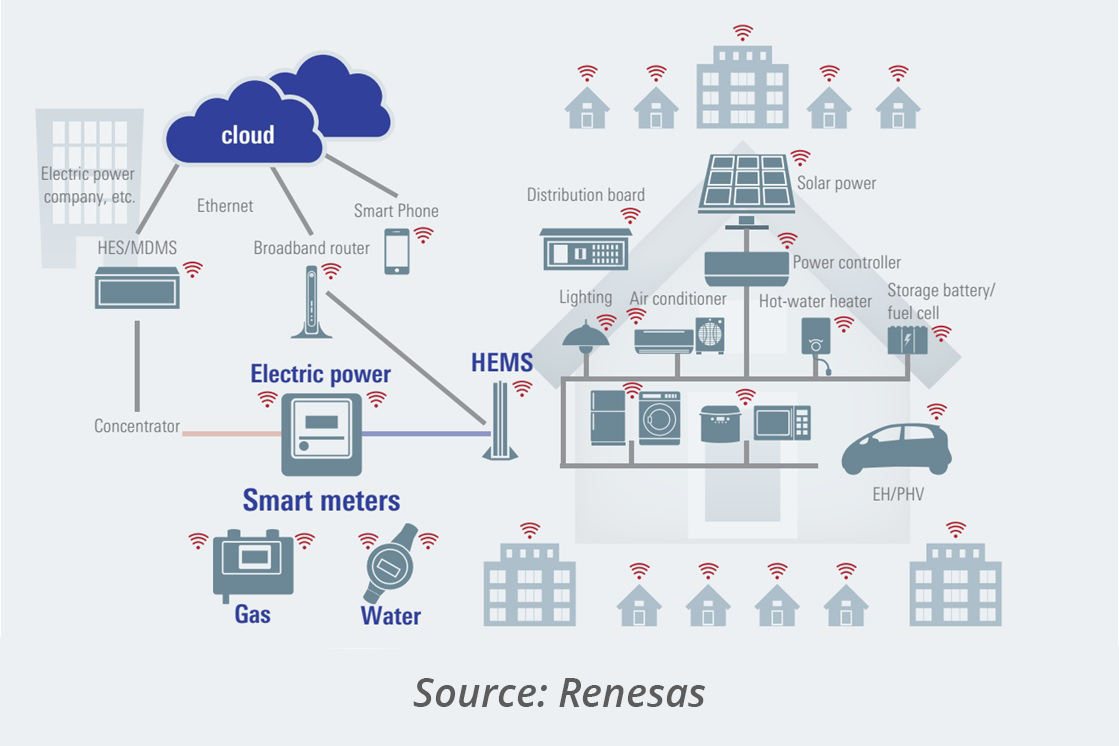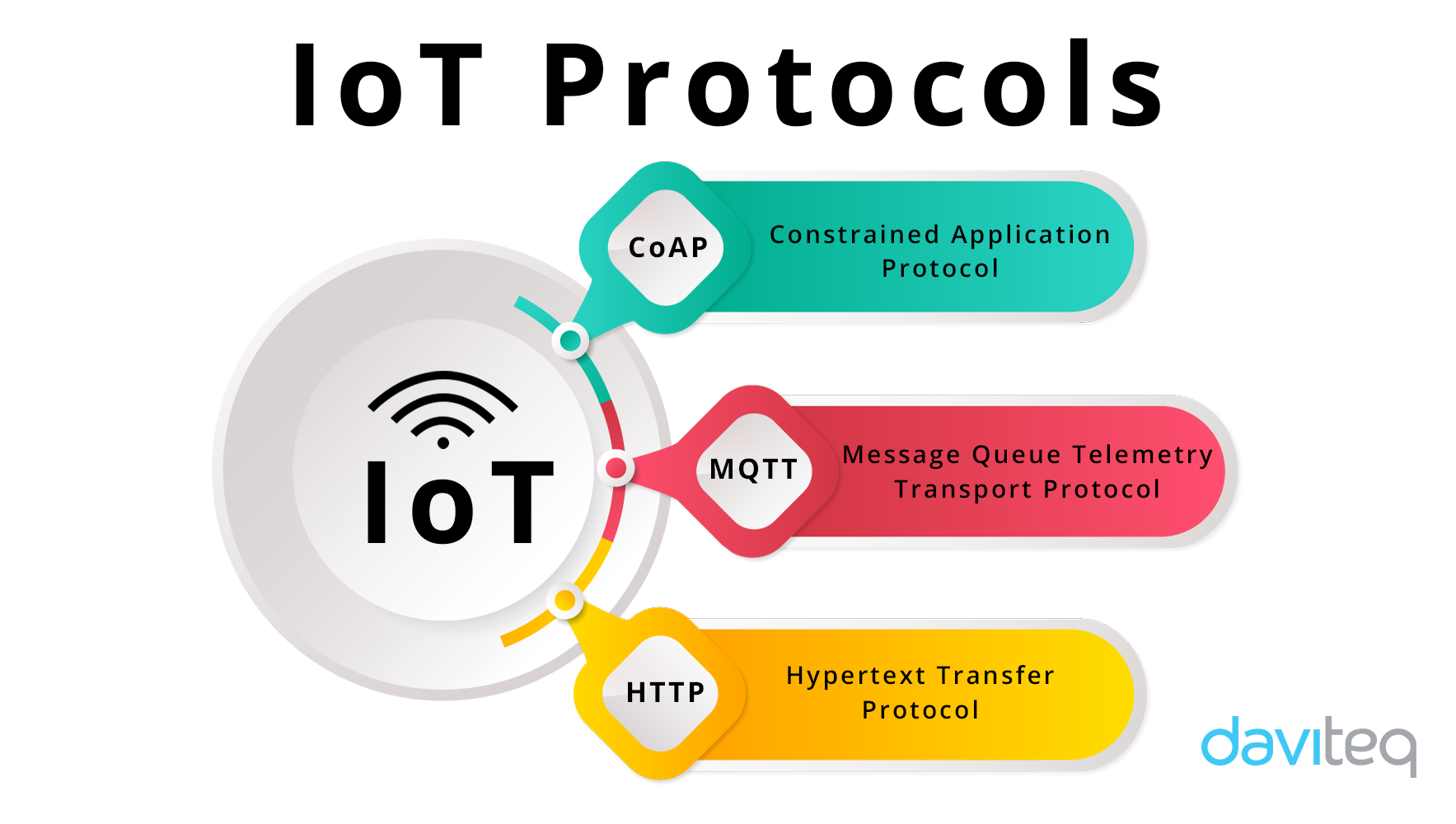1. Introduction
“How far is the transmission distance?” is the question that haunts all those interested in wireless transmission technology. To build a wireless network to suit these requirements, most developers will have to choose between two ISM(1) band options at 2.4 GHz or below. To determine whether a wireless network uses 2.4GHz or less than GHz, the user can rely on the following criteria: data transmission range, energy consumption, data transmission rate, antenna size, interoperability… Wi-Fi®, Bluetooth® Smart, ZigBee® technologies are 2.4GHz protocols widely used in today’s wireless communication applications.
However, for applications that only require a low data transmission rate, such as smart agriculture, smart home, smart meter, etc., the Sub-GHz wireless system gives us many advantages, including longer range, lower energy consumption, and lower deployment and operating costs. To learn more about Sub-GHz wireless communications, please read the next sections of the article.
(1)ISM stands for Industrial, Scientific and Medical, in Vietnamese called Industry, Science and Medicine, is a term used to refer to equipment, applications, frequency bands … used in industrial environments. , science and medicine.
2. Sub-Ghz Technology Characteristics
Wireless communication is the method of transmitting data in space using electromagnetic waves such as radio waves, infrared waves… When deploying IoT applications, the wireless technology of 2.4 GHz and wireless Sub-GHz is mainly used.
Sub-GHz is named based on its operating frequency band (Sub-GHz technology operates in a frequency band less than 1 GHz, usually around 920MHz). Sub-GHz is an ideal technology choice for wireless applications requiring long-range and low power consumption. Long-range transmission reduces the cost of locating intermediate base stations.
Countries around the world mainly use the 433MHz licensed free spectrum. However, a few other bands are used in some regions: North America and Australia 915 MHz, Europe 868 MHz, China 470 MHz, and 779 MHz, Japan 426 MHz and 920 MHz.
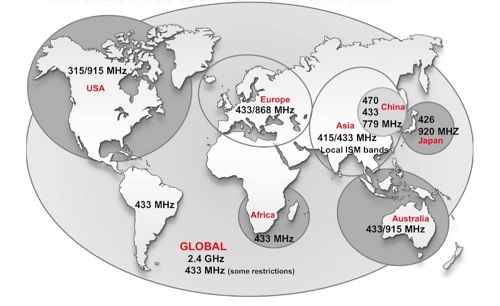
Figure 2.1 Free ISM Sub-GHz band in the world (Source: TI.com)
The Sub-GHz transceiver’s long-range and wireless controller (MCU) has created new IoT (Internet of Thing) applications. Some tests show that Sub-GHz transmissions have an effective range of more than 100 kilometers. Readers can watch the test video transmission range of Sub-GHz through this video about CC1120.
- Besides, by occupying the ISM bands in the wireless spectrum below 1 GHz, Sub-GHz communication avoids the bandwidth more device usage at 2.4 GHz – the operating band of communication standards included WiFi®, Bluetooth® Smart, ZigBee®, and other wireless protocols. In the less “busy” frequency band, the IoT network will be more robust and scalable to cover larger areas.
- The increased efficiency of operating in a “non-crowded” frequency band and several other factors also reduces the power consumption of communications equipment using Sub-GHz.
- Some end nodes will last up to 10 years on a single coin-cell battery. Another essential feature is the flexibility of the software and the compatibility of Sub-GHz wireless technology.
- Developers can quickly differentiate their products from elements, which gives them an edge in being competitive in the marketplace.
- Sub-GHz technology is becoming one of the main driving forces behind the IoT of the future, not only because of the unique features outlined above but also because each element can be adjusted to suit the future’s needs.
3. Comparing Sub-Ghz Technologies With Other Technologies (BLE, WiFi, ZigBee)

Table 3.1 Table comparing characteristics of wireless communication standards
In IoT applications, the Sub-GHz wireless network technology is used more than 2.4 GHz wireless because of its outstanding advantages in reliable remote transmission, low energy consumption and good anti-interference.
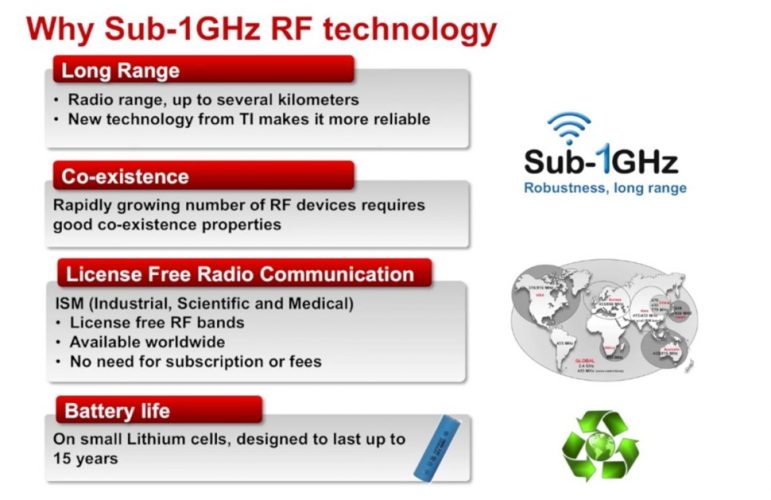
Figure 3.1 Sub-Ghz highlights (Source: TI.com)
The wireless connection is kilometers away
A WiFi router’s typical range can be up to about 50 meters (150 feet) indoors and 100 meters (300 feet) outdoors. Bluetooth has a shorter range and will usually only go indoors about 10 meters (30 feet). In contrast, a Sub-GHz can easily reach several hundred meters indoors and several kilometers (miles) outdoors, depending on conditions.
Sub-GHz has a low frequency, long wavelength, so it is easy to spread through obstacles such as walls, trees, buildings in cities, and factories. The long wavelength of the Sub-GHz makes less line attenuation, so the data can be transmitted further. The Sub-GHz protocol uses the same frequency band that your FOB Key (1) operates to unlock your car. Imagine if you could open the door and read the car’s temperature from more than 30km. The long-range capabilities of Sub-GHz communications make it a great choice, even in congested conditions such as large cities, where high-density buildings are dense. Sub-GHz signals transmit better than 2.4 GHz signals in urban environments because signals can bend around large building structures.
The variety of Sub-GHz transceiver technology today has reached the point where it is possible to meet an IoT application’s specific range requirements with a given device. For example, Sub-GHz ultra narrow band and narrow band transceivers become a key technology in applications such as meter monitoring, police radios, alarm systems and other equipment where the data rate can be quite low to achieve further range and there is no need for additional “intelligence” of the MCU (microcontroller). In Europe, the wireless M-Bus (wM-Bus) standard for metering applications is based on Sub-GHz technology. In addition to the long-range advantage of narrow-band and super-narrow Sub-GHz transceivers, some advanced Sub-GHz wireless MCU has a built-in long range operation mode so that the end node can take advantage of use the better processing power of an MCU and still achieve far range.
The architectural flexibility of a Sub-GHz network can also affect signal range. Sub-GHz networks can be configured for any of the several architectures to meet the range of application requirements. For example, a relatively limited network with a central control point, such as a building automation system could adopt a star architecture based on wM-Bus or 6LoWPAN. Some mesh architectures with multiple gates can be used as the basis for a larger network that covers plant premises or agricultural operations. Besides, another configuration is point-to-point, which can be used to communicate small amounts of data such as temperature, humidity, etc.
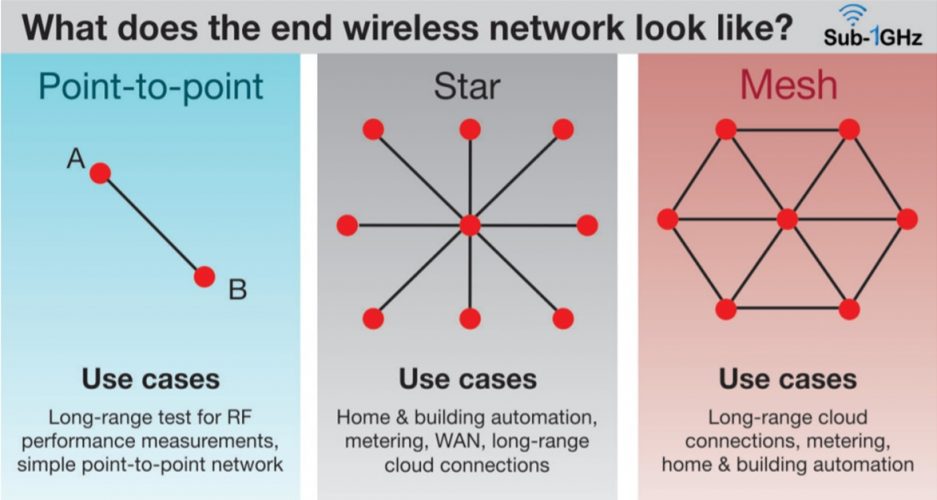
Figure 3.2 Wireless network system structure diagram (Source: TI.com)
Extremely low energy consumption
Extremely low power consumption will be another prerequisite for many IoT applications. In fact, powering only 50 billions IoT devices would be a huge challenge. Fortunately, many Sub-GHz node devices consume a surprisingly small amount of power. Like sensor buttons or flow meter displays, many devices can work for up to 10 years with coin-cell batteries or longer through some type of energy capture system such as solar panels. Low power is especially important for hard to reach or inaccessible installations. Instead of a battery on a sensor button, for example, it can be quite expensive or dangerous for the person to replace the battery or almost impossible if the button is installed on the weather satellite.
Additionally, the sub-GHz end nodes’ ultra-low power consumption is achieved without sacrificing signal range or output power. For example, the recently introduced Sub-GHz wireless MCU has a maximum power consumption of 5.5 mA when receiving and 22.6 mA when transmitting at +14 dBm. Additionally, this MCU’s core – ARM® Cortex® –M3 consumes at least 51 A power per -megahertz processing capacity. Furthermore, the device has integrated sophisticated power management algorithms that will put parts of the system OFF where the consumption is at least 0.6mA, while preserving the memory contents.
Good resistance to interference in the environment
Most of today’s most popular wireless devices operate on the 2.4 GHz band, including WiFi hotspots and wireless routers, ZigBee, Bluetooth, and some wireless phones. Excessive traffic in any band of the wireless spectrum will cause problems for equipment to operate in that band. Interference and conflicts between multiple wireless signals in the 2.4 GHz band can damage the transmitted information or header in communication packets, slowing through throughput by triggering high or magnetic retransmission rates. completely denied connection. If wireless technology is based on a “collision detection” protocol, such as WiFi, too many signal collisions caused by an overcrowded band could deny access to the wireless waves or degrade the performance of the network. all wireless communications in the vicinity.
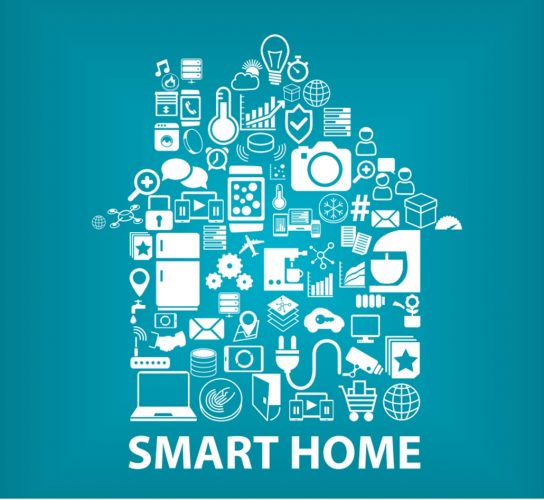
Figure 3.3 Many home appliances operate in the 2.4 GHz band (Source: TI.com)
In addition, the underlying nature of a high percentage of IoT traffic in the future will be completely different from the majority of high-intensity data traffic in the 2.4 GHz band, where video and voice dialogs are transmitted to Internet and other high priority connections can connect channels over long periods of time. A significant amount of IoT devices will be short data at slower speeds to optimize signal range. Therefore, it is very reasonable to separate different applications in different bands of the wireless spectrum.
In addition, less signal congestion allows Sub-GHz networks to scale more easily, quickly expanding the number of supported devices on any network, and outward to cover more large distances. With less bandwidth used by devices, less data loss will occur, and this is critical for some critical applications like emergency communications or essential sensor information transmission.
Low cost of use
The software environment surrounding the Sub-GHz network is especially conducive to innovation. Compliance with the IEEE 802.15.4g standard gives developers inbuilt solutions that generally work as expected as soon as the product is commercialized. In addition, open industry standards always encourage the development of ecosystems that support software development tools. For Sub-GHz networks, these factors accelerated the implementation of wireless topologies such as 6LoWPAN, wM-Bus, and others. The above factors will help the research and development process of Sub-GHz network shorten, resulting in low usage costs.
4. Chip Manufacturers Support Sub-GHz Wireless Communication Standard
Some chip manufacturers have integrated wireless communication standard Sub-GHz such as: Silicon Labs (USA), Texas Instruments(1) (US), Renesas (Japan), …
Because the content of this article is limited, we only introduce to you the features of the TI wireless microcontroller LAUCHXL-CC1310.
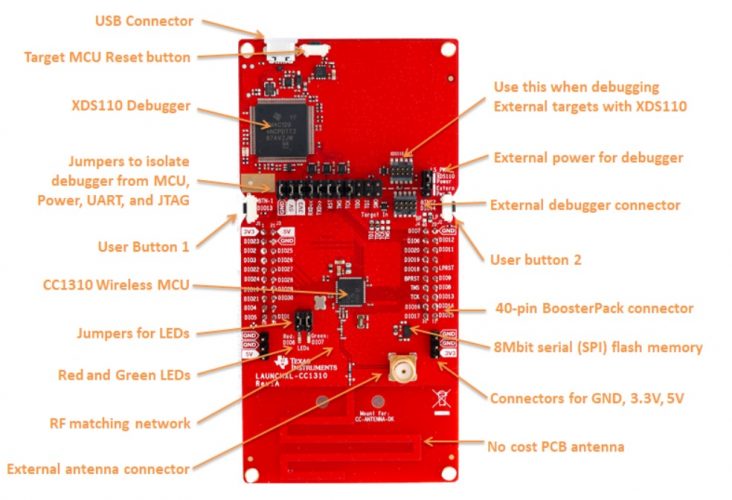
Figure 4.1 Texas Instruments LAUNCHXL-CC1310 Kit comes with Sub-GHz wireless communication standard (Source: TI.com)
SimpleLink ™ Sub-GHz Wireless Microcontroller CC1310 LauchPad is the first LaunchPad kit with a Sub-GHz radio, providing long-range connectivity, combined with a 32-bit ARM® Cortex®-M3 processor on a single chip only.
The CC1310 device is a wireless microcontroller (MCU) used with long range, low power wireless applications. The CC1310 wireless MCU contains a 32-bit ARM Cortex-M3 processor running at 48MHz as the main processor and a diverse set of peripheral features including a unique ultra-low-power sensor controller. This sensor controller is ideal for communicating with external sensors and for collecting analog and digital data automatically while the rest of the system is in sleep mode.
CC1310 LaunchPad is part of the TI’s SimpleLink MCU platform, providing a single development environment that offers flexible hardware, software, and tools options to customers developing wired and wireless applications. Saving production time and costs by quickly prototyping your system with LaunchPad kit I / O connectors for quick communication with multiple evaluation modules (EVMs) and the BoosterPack ™ add-on module.
Develop your Internet Of Things (IoT) software application on the LaunchPad CC1310 using the SimpleLink CC13x0 Software Development Kit (SDK) which contains: TI 15.4 stack, RF driver, power management driver and many peripheral drivers. The SDK also includes some “getting started” software examples to start your development. All of these examples included in the SimpleLink CC13x0 SDK support the CC1310 LaunchPad kit, making it easier to write applications. For more information about the SimpleLink MCU platform, please visit www.ti.com/simplelink
(1)Texas Instruments is one of the largest corporations in the United States, headquartered in Dallas, Texas and in Europe with headquarters in Freising, Germany. TI makes semiconductors, and parts for computers and calculators. Two of TI’s key industries today are manufacturing DLP (Digital Light Processing, a technique used in television production technology) and DSP (Digital signal processors).
5. Sensor Products Using Sub-GHz Technology
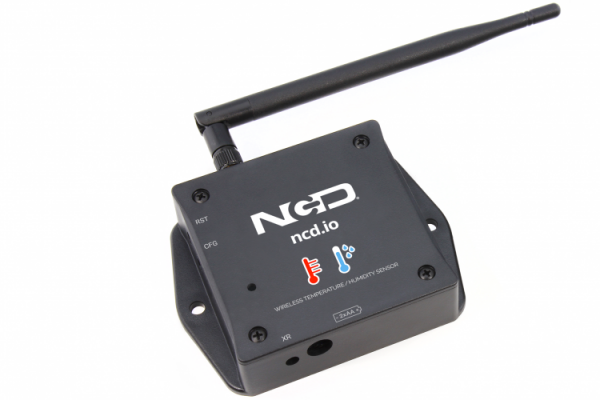
Figure 5.1 Wireless sensor for temperature and humidity measurement from NCD company (Source: NCD.io)
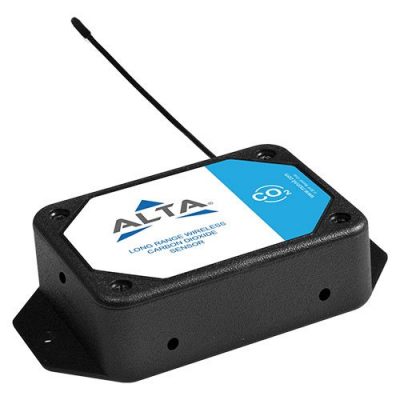
Figure 5.2 Wireless sensor measures the level of CO2 in the air from MONNIT Company (Source: MONNIT.com)
The wireless sensor Sub-GHz consists of two main components: the sensor part and the wireless signal transmission part. The sensor part can be the sensor module or the complete sensors. The wireless transmitter usually uses batteries to power the transmitter and also the sensor. In wireless sensor networks, the transmission protocol is designed to optimize the energy use. Normal sensors will be in standby mode and will periodically operate or receive commands from the receiver, thus optimizing their power. The service life of the battery depends on the configured data transmission frequency, which can be operated for up to 10 to 20 years.
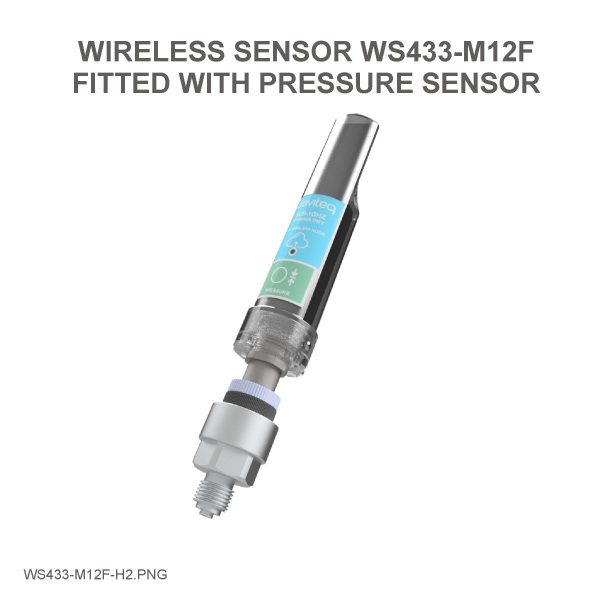
Figure 5.3 Wireless sensor for measuring process pressure from Daviteq company (Source: Daviteq.com)
Sub-GHz wireless receiver includes receiver antenna, signal processor, and data output. Each wireless receiver can model a star network with multiple wireless sensors in the receiver’s coverage area. The receiver’s coverage area can be up to several kilometers when the receiver antenna and transmitter antenna see each other. The transmission distance will be smaller if there is an obstacle between the transmitter and the wireless receiver. Data from the wireless receiver can be wired to PLC, HMI, SCADA, IoT gateway for monitoring, data analysis and reporting.
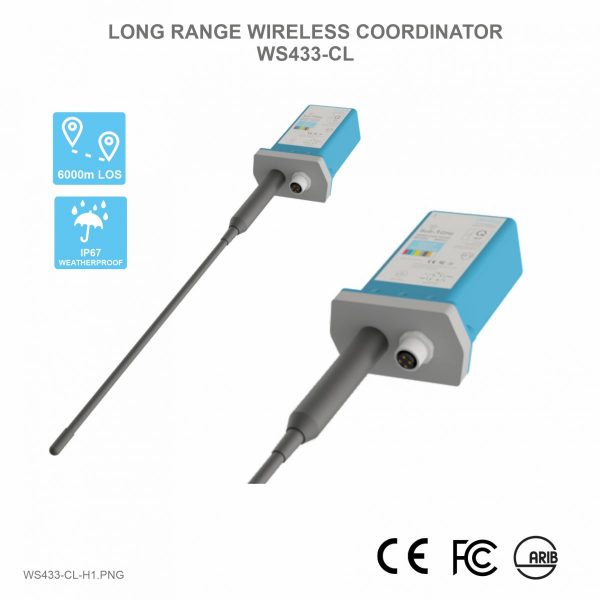
Figure 5.4 The sub-GHz high performance wireless sensor receiver from Daviteq Company (Source: Daviteq.com)
6. Applications
Sub-GHz wireless sensor network is a typical application of Sub-GHz technology. The sensor network architecture consists of sensors that incorporate a wireless transmitter and a wireless receiver connected in a star pattern. Wireless networks are used to connect surrounding wireless sensors and then collect data and send to a central wireless receiver.
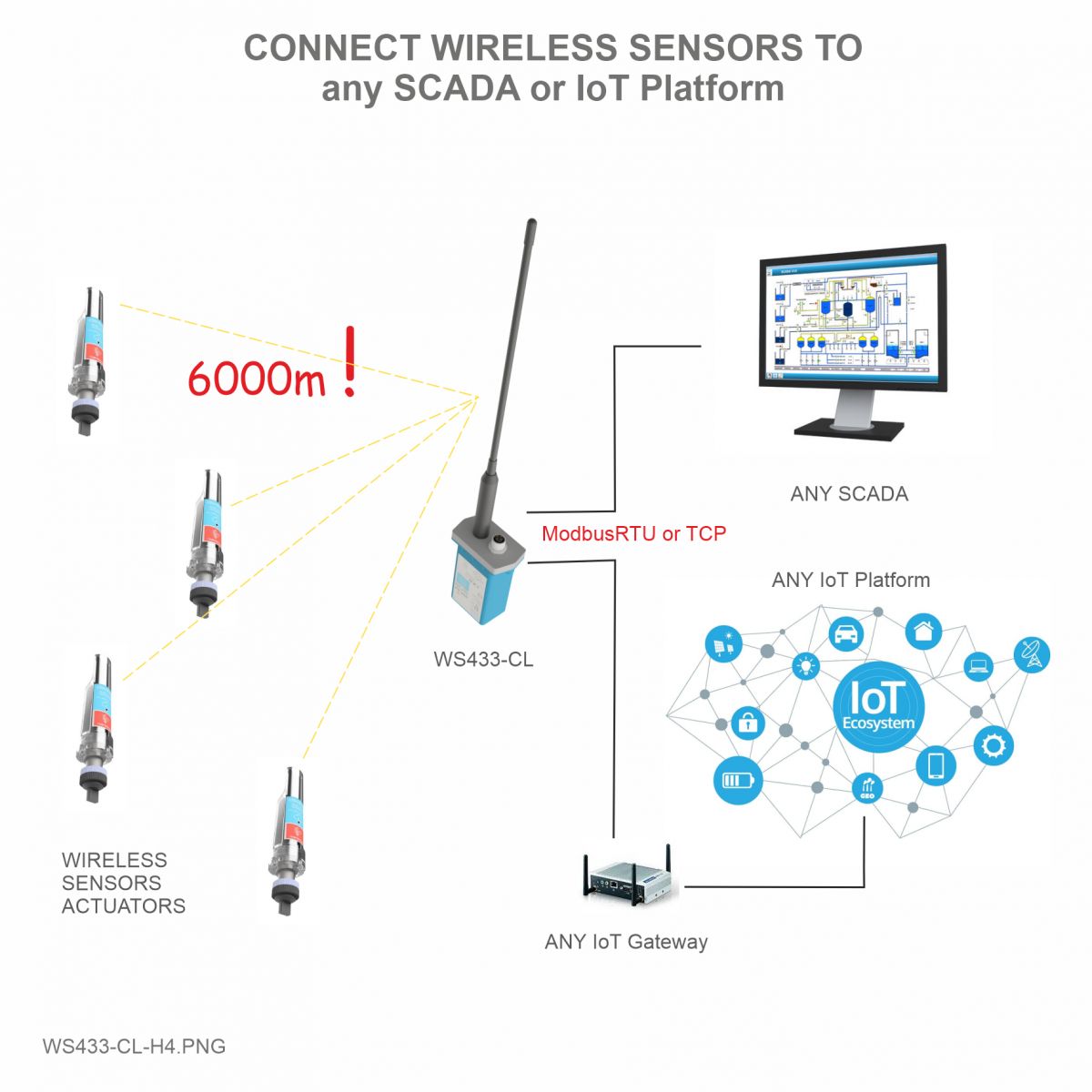
Figure 6.1 Wireless sensor network architecture (Source: Daviteq.com)
Sub-GHz technology makes the deployment of wireless sensor networks quick and simple. The wireless sensor is battery powered and connects wirelessly, so there’s no signal or power cable needed. The deployment of the Sub-GHz wireless network offers outstanding advantages with factories, buildings and operating facilities because there is no need to cut off the power to pull the signal and power cables, so do not do Disruption of operations of factories, buildings and facilities. In addition, the Sub-GHz technology makes operating and maintaining the wireless network easy and convenient.
The energy, agriculture, medical, manufacturing and other industries use Sub-GHz wireless sensor networks as the interconnection solution for sending periodic data and small amounts of data. The Sub-GHz sensor network is suitable for industrial applications, buildings, smart cities (lighting, parking, traffic control, energy meter reading).
Specific applications include: smart energy networks, smart buildings, facilities monitoring, smart meters, factory remote automation measurement, smart agriculture, and fisheries , crime and disaster surveillance, smart home, elder, children and patient monitoring. In the agricultural industry, the Sub-GHz sensor network is used to monitor water meters, gas meters, electricity meters and heat meters in energy monitoring applications.
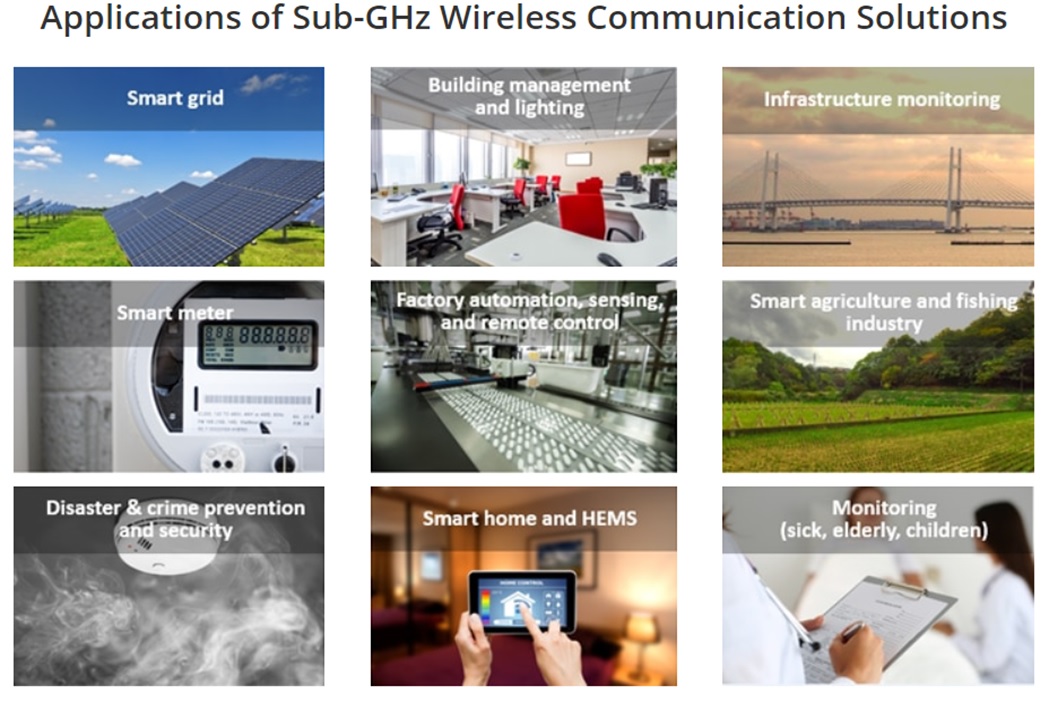
Figure 6.2 Applying Sub-GHz wireless network technology (Source: Renesas.com)
Typical applications of Sub-GHz technology:
- Electricity – water – gas – heat meter
- Building alarm device
- BMS – Building Management System
- Industrial Automation
- Wireless Sensor Network
7. Conclusion
Energy savings and long transmission range are the exact factors that define the direction of the Sub-GHz wireless data transmission system design. The Sub-GHz wireless network can provide an extremely cost effective solution in any low data rate system, from simple point-to-point connections to large networks. High adjustable output power, reduced absorption, less spectrum interference and narrow band operation increases transmission range. Better circuit performance, improved signal transmission and smaller memory help reduce total power consumption, and the battery power can be used for many years.
Through this article, we hope to help you to understand more about the Sub-GHz wireless transmission technology and the advantages that Sub-GHz brings to the wireless communication system. If you are interested in more details or have any questions regarding the article, please contact us at info@daviteq.com.


 Tiếng Việt
Tiếng Việt